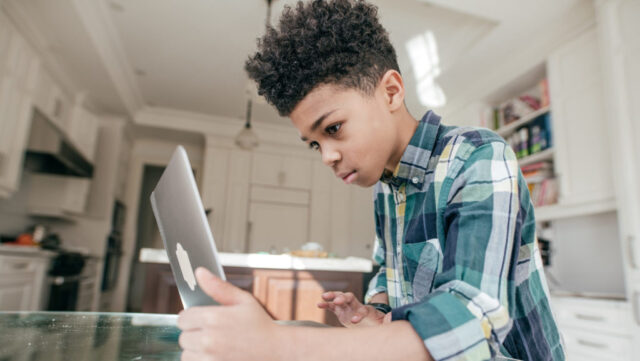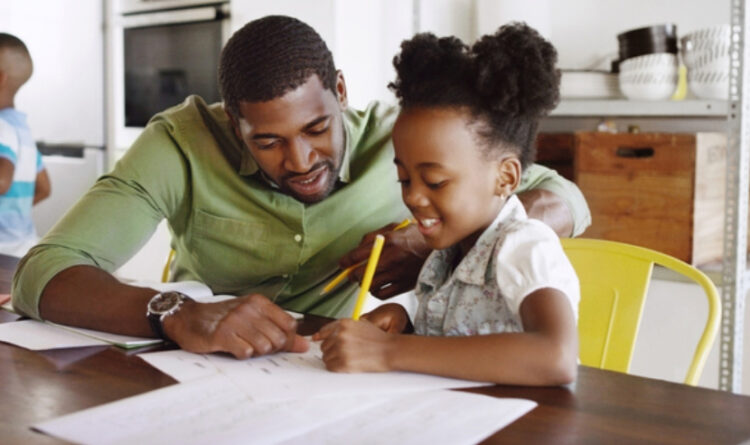If your child hasn’t been homeschooled, remote learning can take some serious getting used to. As many schools are still holding class sessions online, due to the Coronavirus pandemic, parents may notice that their students, no matter the age, are becoming more and more restless in front of the camera and finding it harder and harder to pay attention.
“Some kids are transitioning to this new learning better and easier than other kids,” said Megan Allen, 2010 Florida Teacher of the Year and founder of Tailored Learning Supports for Families, in an interview with Huffpost.com. “Recognize that paying attention online might be harder for some kids. And that’s OK! Some kids need more strategies.”
And amazing strategies did the experts get together and share! Here are seven ways to get your kids to pay attention during remote learning according to the Huffpost.com article in its entirety. Employ these tips, and help your students nail the fall semester.
 1. Know what it means to actually “pay attention.”
1. Know what it means to actually “pay attention.”
“Break down what it means to pay attention. We say the phrase, but what does it mean? How does one ‘pay attention’ when they’re 7?” said Allen. “Sometimes we say things as adults that don’t translate to kids. This is one of them.”
2. Make a dedicated, consistent learning space for them.
This one can be hard for families without a ton of space. I, for example, have two adults and two kids crammed into a teeny walk-up apartment. But it really is important, experts say. “It doesn’t matter if it’s the kitchen, living room or basement, but it should be free of distractions such as phones and TV, and most importantly it should be consistent,” said Sarah Brown Wessling, 2010 National Teacher of the Year and Johnston High School English teacher. “Consistency is key for at-home learning because it signals to your child that it’s time to learn and be engaged.”

3. Let them fidget.
“Just like in school, some learners need to stand or fidget or move in order to pay attention,” Wessling said. “If this is your child, consider elevating your child’s screen onto a counter or on a stack of books so they can stand. I’m also a big fan of black binder clips for fidgeting.”
“For many of us, we can pay attention better when we are rubbing a piece of sandpaper in our pocket, playing with a rubber band … moving our hands or feet,” echoed Allen. “The good ol’ bungee cord around the bottom of the chair is a fun one for feet movement.”
4. Find the best placement…for you.
“Be aware of your proximity,” Wessling said. “Some children will work better when you are close, but not hovering. Others will work better with more independence and prefer an occasional check-in. What works for your child is the right thing to do.”
5. Work in movement breaks. Lots of them.
“Kids (and adults) need to move while in front of the camera or computer!” Allen urged. “Maybe you and your kiddo have a secret signal, and you let the teacher in on it. At that signal, your kiddo can get up and move.”

6. Talk to your kid’s teacher — more than ever before.
“Advocate for your kid. Speak up, and early,” Allen said. “Open those lines of communication so you all can figure out this new landscape together.”
7. Don’t discipline them.
“Avoid attaching immediate consequences to not paying attention. Especially early on in this experience, we don’t want our children to associate negativity with the desired behavior,” Wessling said. “Instead, affirm their good choices, model the behavior you’d most like to see, praise the small things and keep nudging them towards higher expectations.”
Do you have some tips that you have tried that are working for your and your family? Comment below. Your share may just be what someone else has been looking for!







